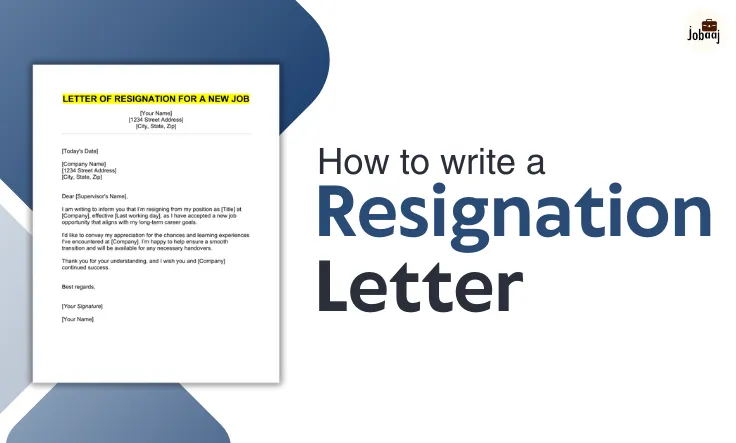A resignation letter is an official and formal means for employees to communicate their decision to leave the organization. It serves as a written confirmation of the employee’s voluntarily terminating employment.
Writing a resignation email or letter can be overwhelming. Therefore, there are a few things to consider while drafting a letter of resignation. This is because resignation is an essential communication tool in HR functioning.
Every resignation is different – people leave their jobs for many reasons. So you’ll need to tailor your resignation letter to suit your circumstances. Common types of resignation letters include:
- Standard resignation: a formal letter stating your intention to resign with the date your employment will come to an end with the company.
- Immediate resignation letter: an immediate resignation letter can be used to resign without notice where the circumstances allow, such as for some casual employees or when unforeseen circumstances arise.
- Retirement resignation letter: a letter to advise of your intention to retire, typically accompanied by an expression of gratitude for your time with the company.
- Resignation with notice period extensions: a tailored letter to address the extension of a standard notice period, such as where more time is needed for a smooth handover transition.
- Resignation letter due to relocation: a resignation letter that includes moving cities or countries as the cause of resignation.
